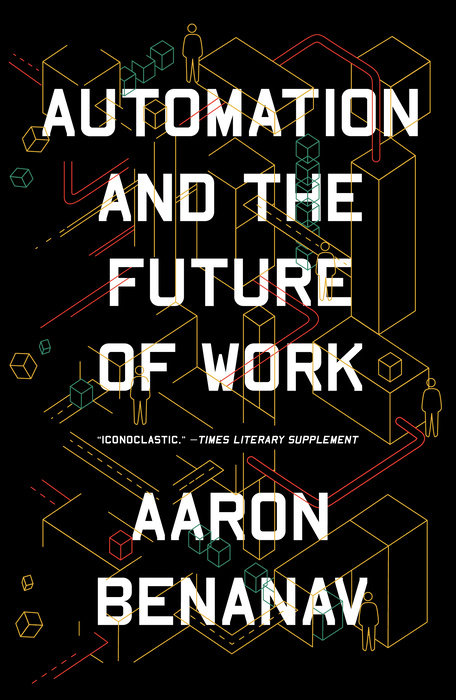In 1963, the Black working-class revolutionist James Boggs wrote of a coming cataclysm in American industrial production. As an autoworker at Chrysler in Detroit, Boggs had an intimate knowledge of the changes introduced on the shop floor and the impacts that reverberated from them across the city, seeing the ways in which these shifts in the technical aspects of the labor process came to affect the prospects for radical organizing. He saw one particular harbinger of this coming utter devastation of the working class, and especially the Black working class—automation. It makes sense that a Detroit autoworker would find himself especially attuned to this phenomenon. The contemporary usage of the word automation has its origins in the Automation Department at Ford Motor Company set up by vice president of manufacturing Delmar Harder in 1947—even though Harder’s actual proposals for the reorganization of work in Ford’s factories primarily relied on nineteenth-century technologies designed simply to speed up the production line. Throughout The American Revolution: Pages from a Negro Worker’s Notebook, Boggs speaks of automation in apocalyptic terms, issuing the grave pronouncement that “America is headed toward full unemployment, not full employment.” By the early 1960s when Boggs wrote of this fast-approaching wave of automation, the term had come to mean the replacement of jobs once done by human laborers, now performed by an integrated system of machines that themselves come to regulate the pace of production for the smaller number of workers on the line.
Central to Boggs’s analysis of automation is his insistence that the process will create a massive surplus population of “outsiders,” people whose labor has been made superfluous and obsolete who cannot get a foothold anywhere in the labor force. He argues that Black industrial workers will be hit first and hardest by this unemployment but assures his readers that it will come for all workers in time:
Automation replaces men. This of course is nothing new. What is new is that now, unlike most earlier periods, the displaced men have nowhere to go. The farmers displaced by mechanization of the farms in the 1920s could go to the cities and man the assembly lines. As for the work animals like the mule, they could just stop growing them. But automation displaces people, and you don’t just stop growing people even when they have been made expendable by the system.
